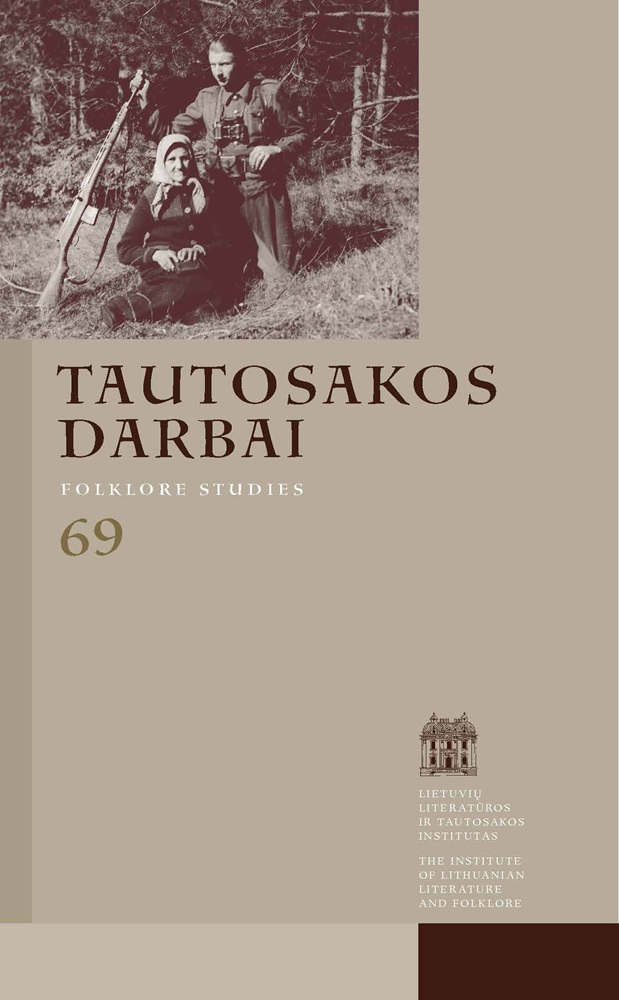Folklore in the Lithuanian Elementary Books from the 19th to the Beginning of the 20th Century
Abstract
Since the beginning of the 19th century, the number of new Lithuanian elementary books kept growing in Lithuania. In addition to their religious content, secular content became more important, so along with prayers, truths of faith, litanies and mass texts, these publications increasingly included secular didactic pieces of fiction and various cognitive information. At the beginning of the 20th century, secular elementary books became well established. In some of them, literary pieces prevailed, others relied on folklore, but most often the compilers of elementary books used both literary and folklore texts. By combining examples of written and oral traditions, the authors sought to achieve ethical, didactic, cognitive and emotional impact. The study presents and discusses elementary books in more detail, starting with Kajetonas Nezabitauskis’ publication “New Science of Reading for Young Children of Samogitia and Lithuania” (1824), and concluding with elementary books published before the declaration of the Lithuanian Independence in 1918. The main points of discussion include these questions: 1) what were the social, cultural, and political prerequisites for the use of folklore in elementary books, 2) what folklore genres are used in them, 3) how is folklore combined with other reading, 4) what artistic, didactic, and ideological qualities distinguish the folklore presented in elementary books, and 5) what could have been the declared goals of educators of the time for using folklore?

This work is licensed under a Creative Commons Attribution 4.0 International License.
Downloads
Most read articles by the same author(s)
- Jurga Sivickaitė-Sadauskienė, Letters of the Repressed: the Literary Nature of the Bronius Sivickas’ Letters from Mordovia , Tautosakos darbai: Vol. 65 (2023): Tautosakos darbai
- Modesta Liugaitė-Černiauskienė, Jurga Sivickaitė-Sadauskienė, Pratarmė , Tautosakos darbai: Vol. 65 (2023): Tautosakos darbai
- Modesta Liugaitė-Černiauskienė, Jurga Sivickaitė-Sadauskienė, Foreword , Tautosakos darbai: Vol. 65 (2023): Tautosakos darbai
- Lina Būgienė, Martynas Vingrys, Irena Snukiškienė, Dalia Urbanavičienė, Gražina Kadžytė, Jurga Sivickaitė-Sadauskienė, Information , Tautosakos darbai: Vol. 64 (2022)
